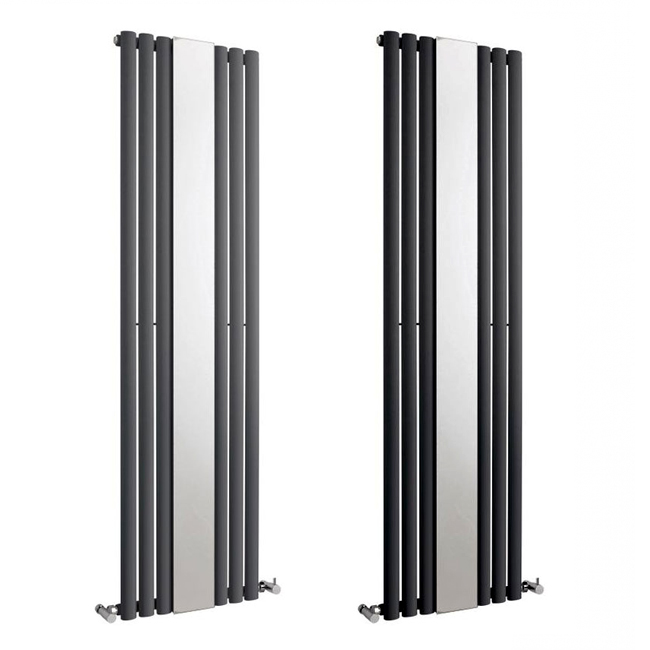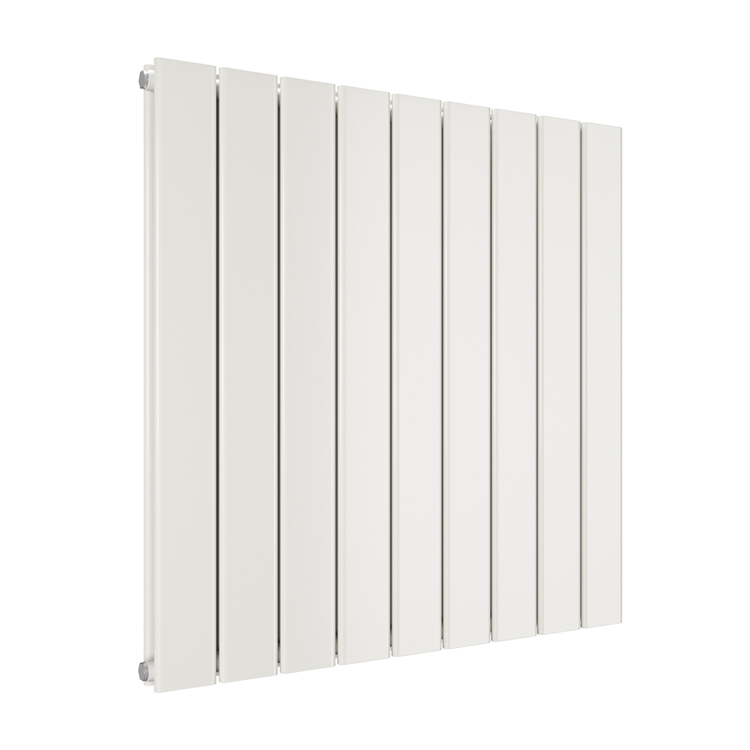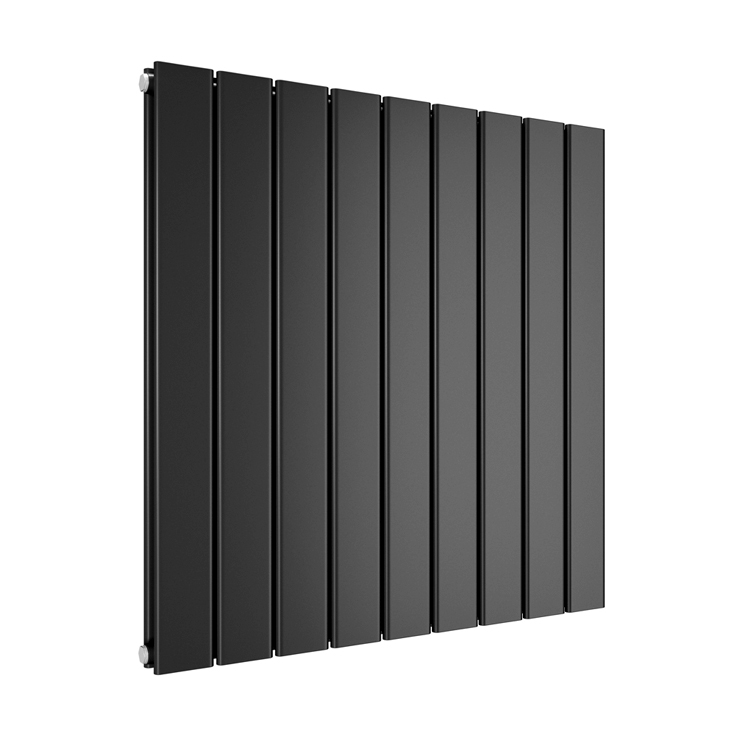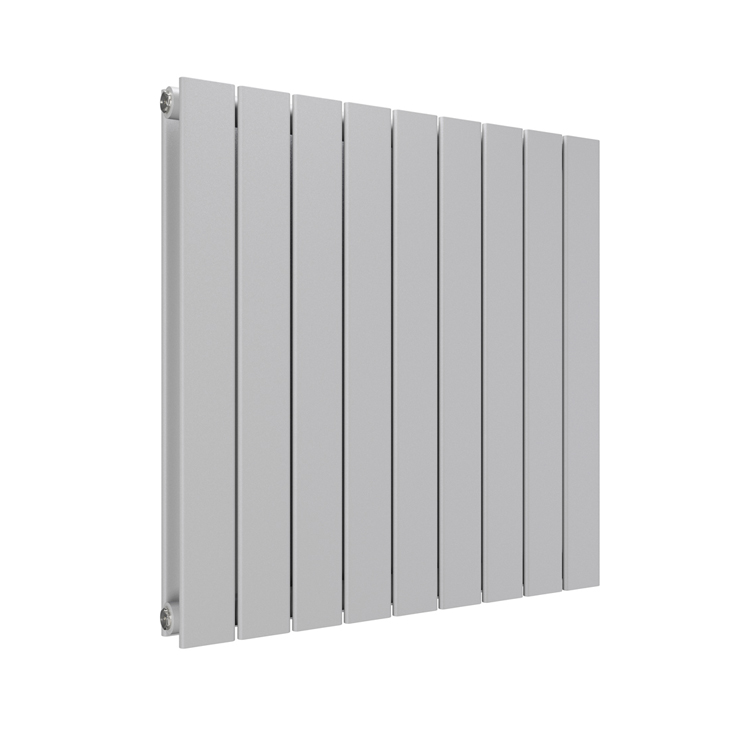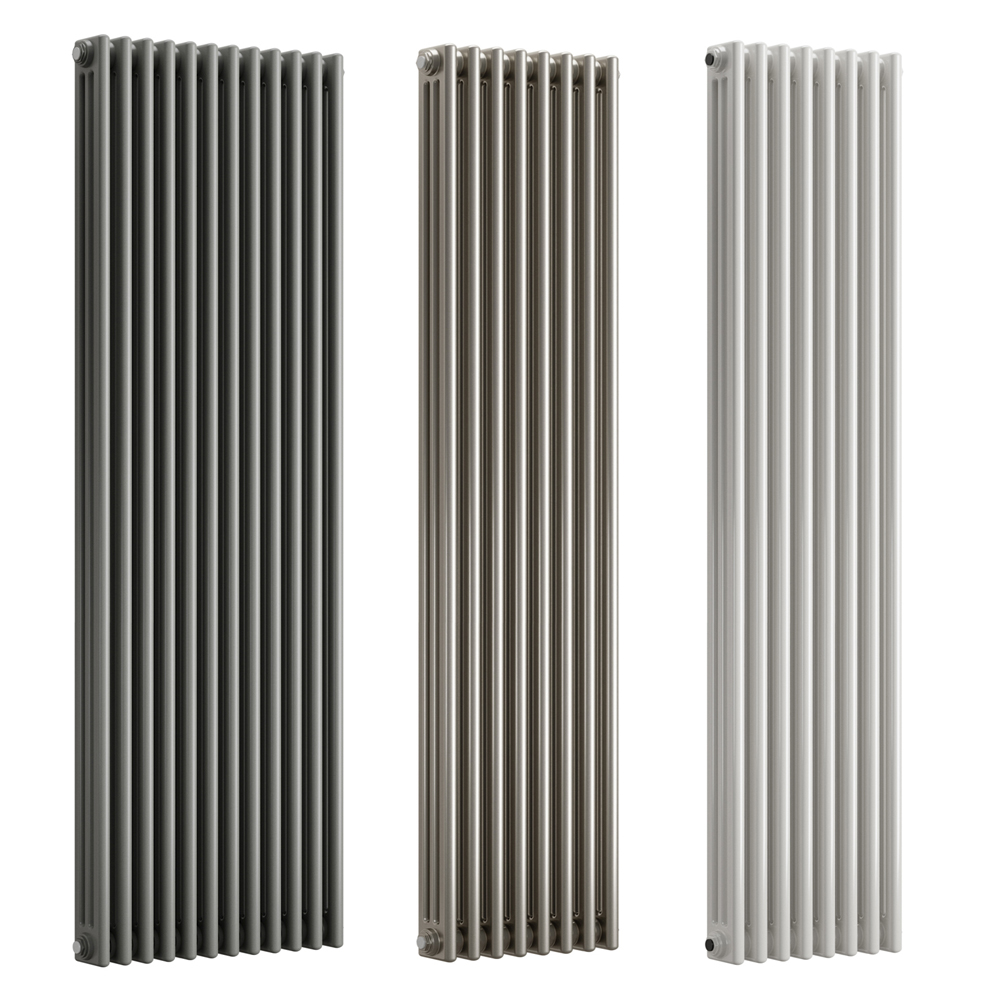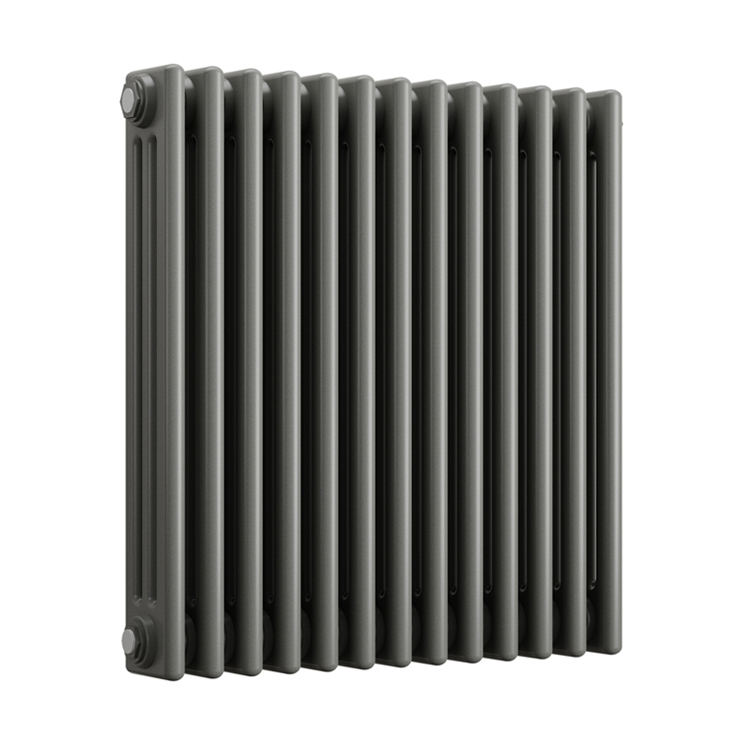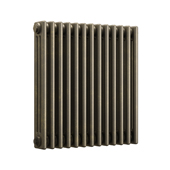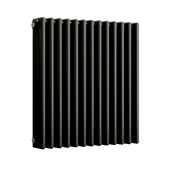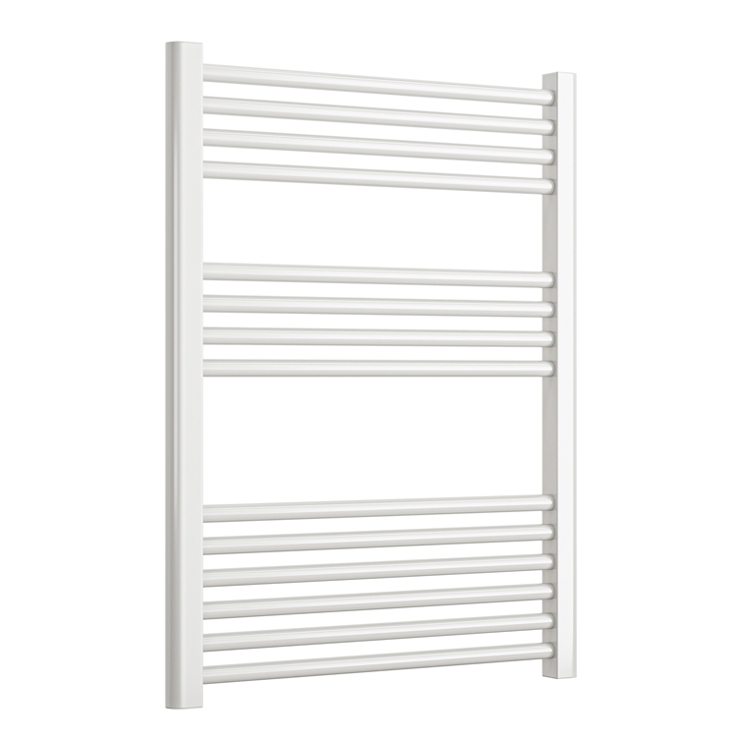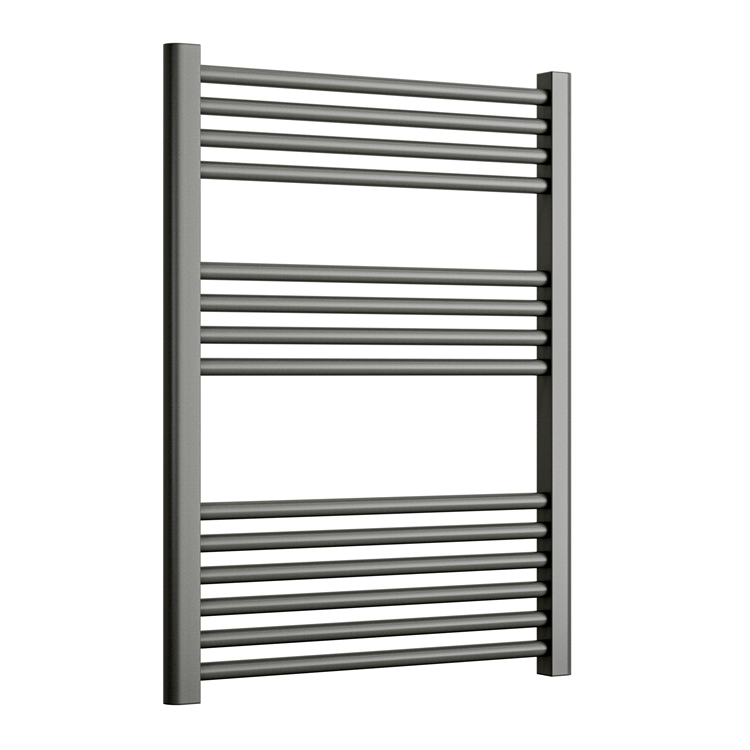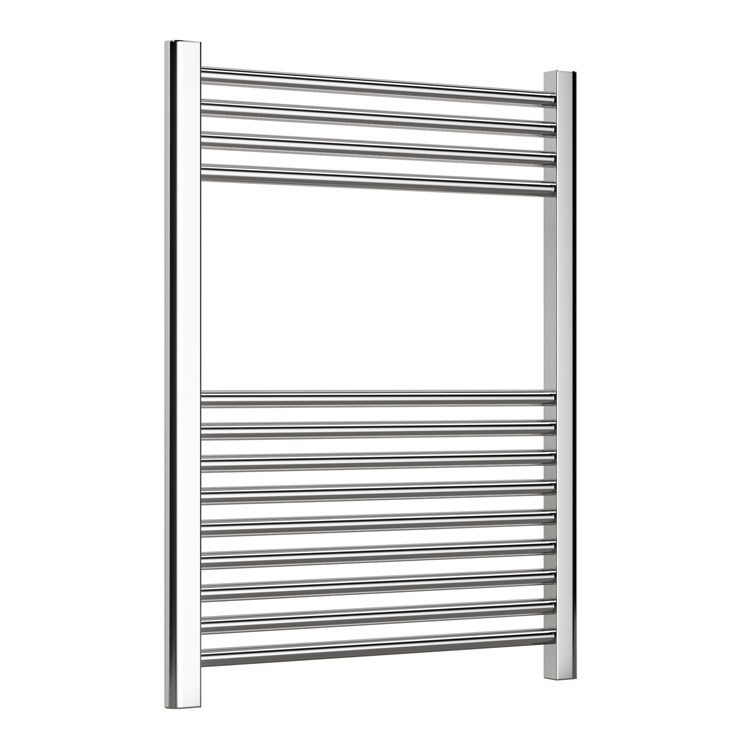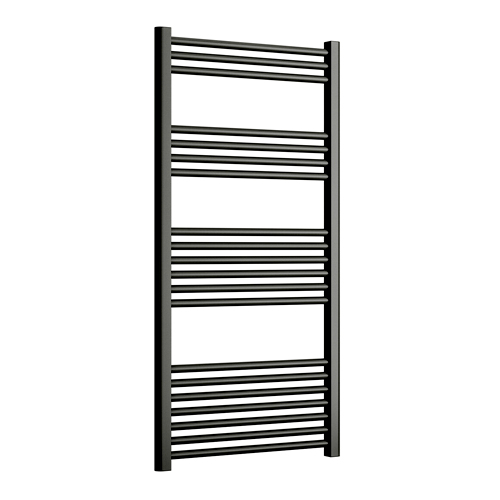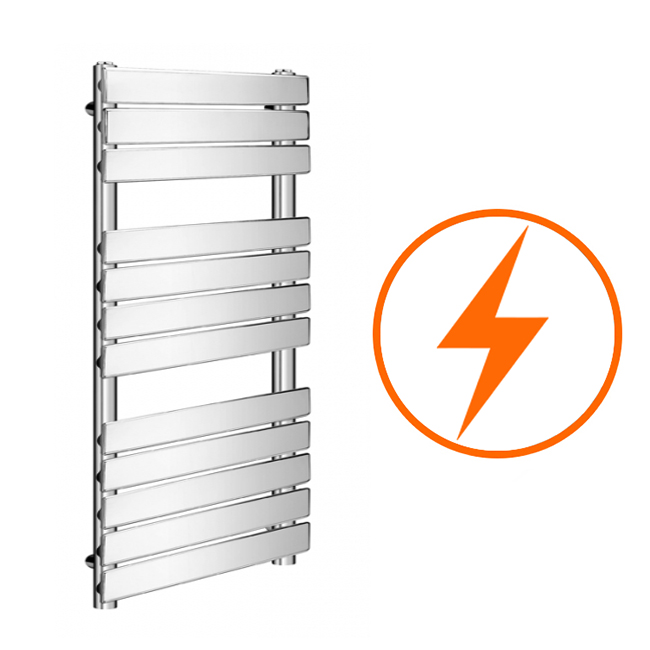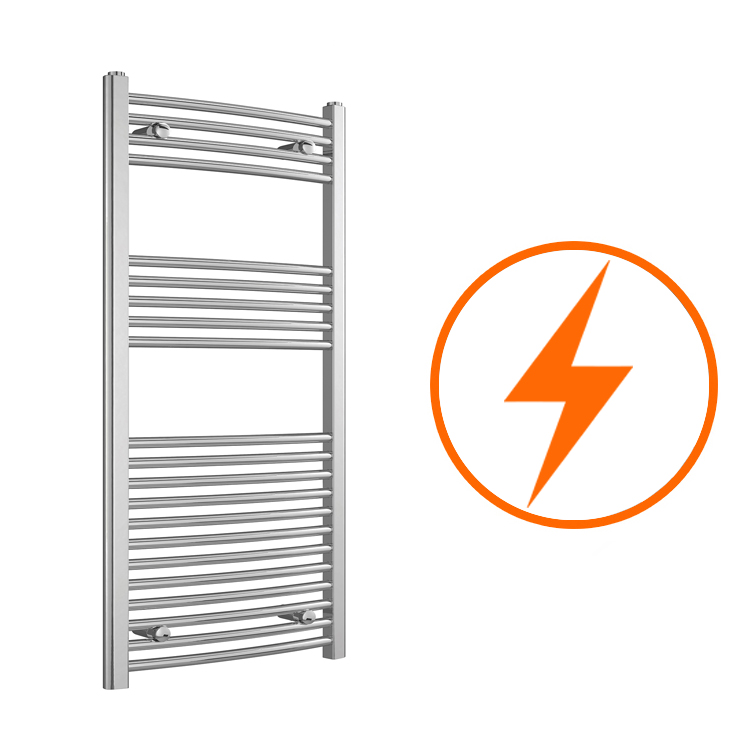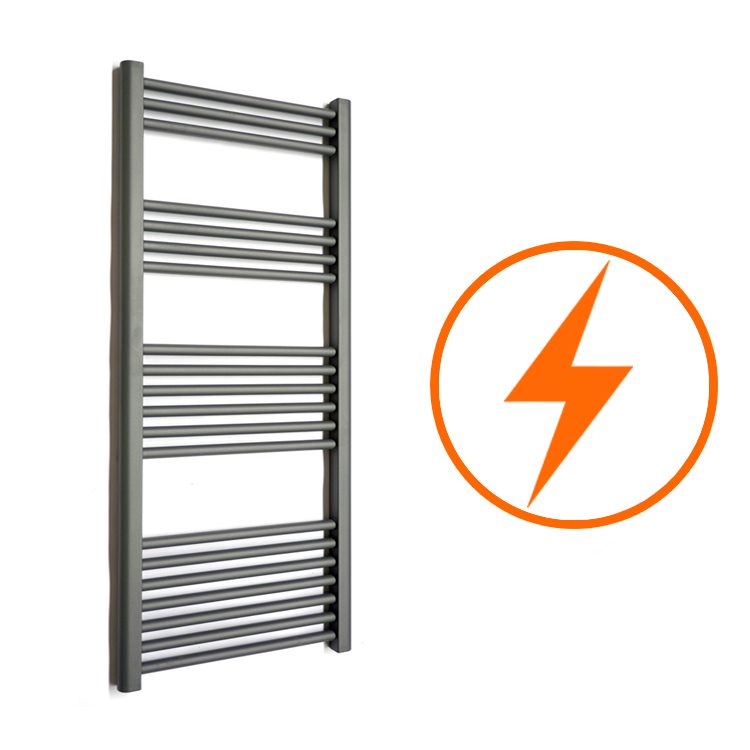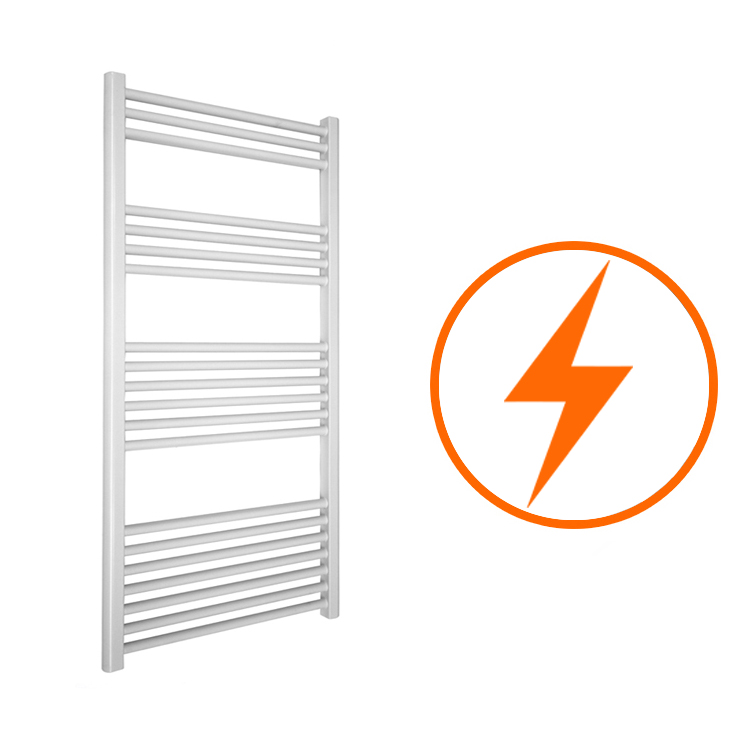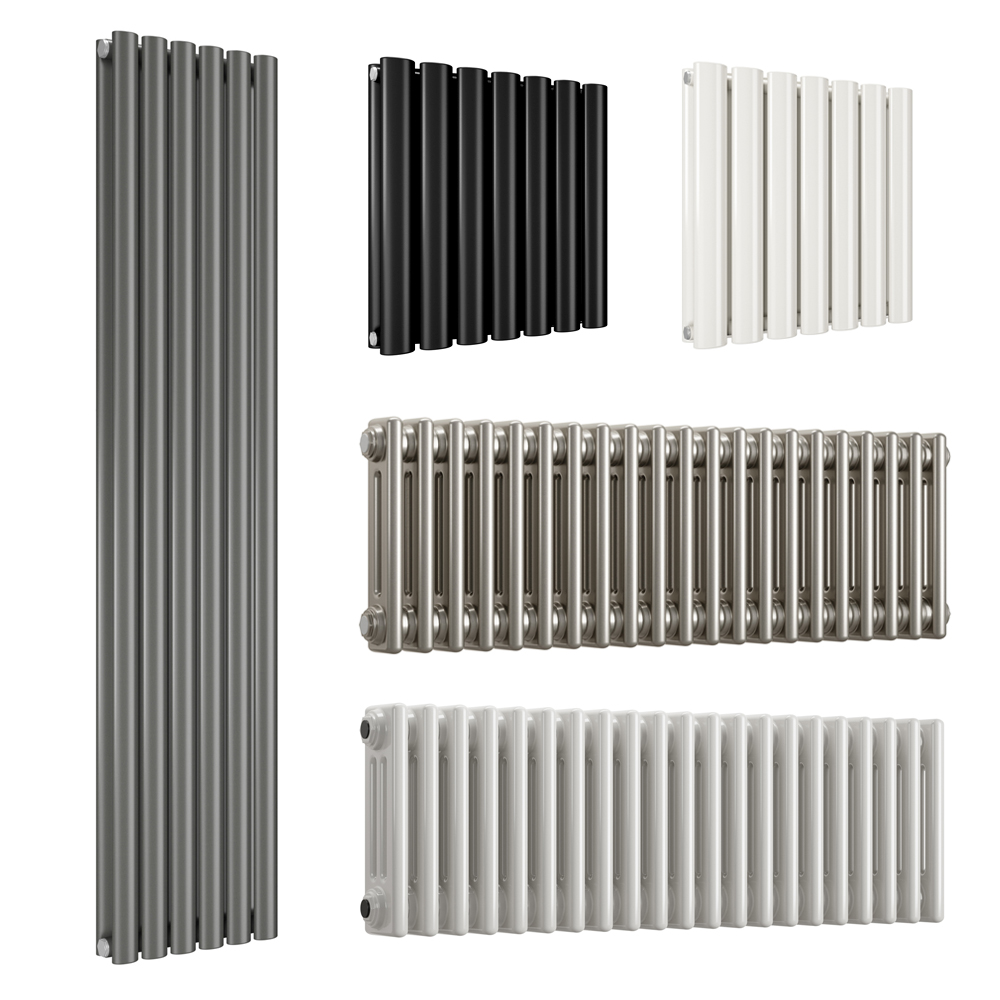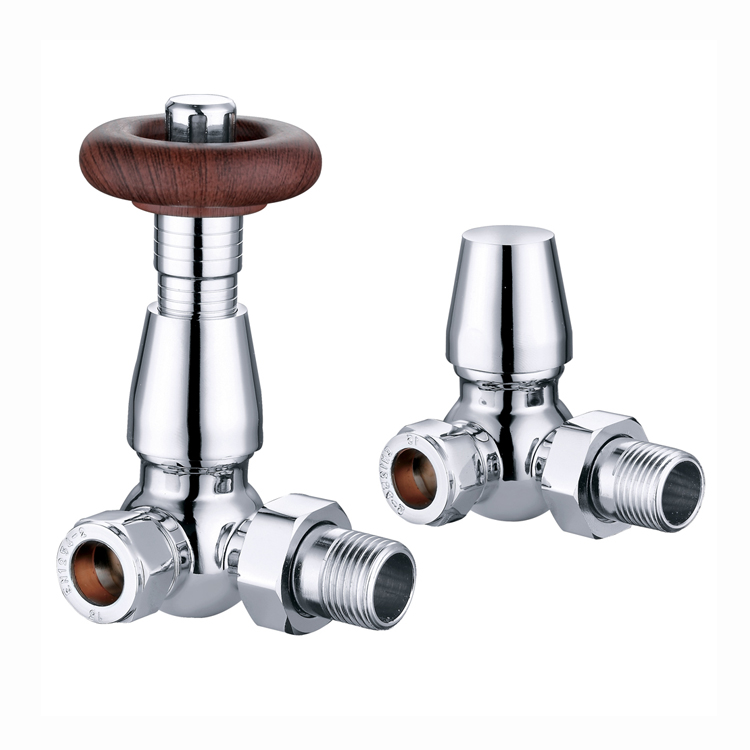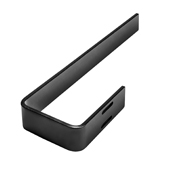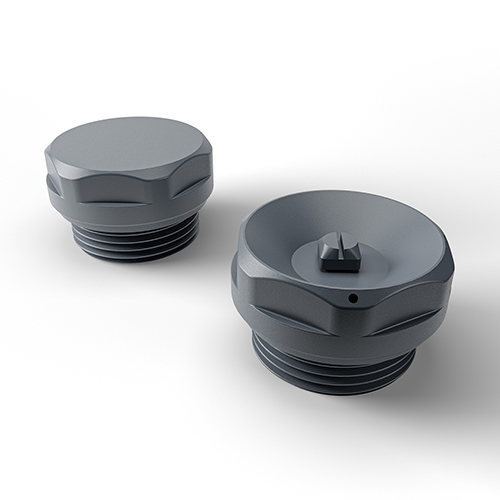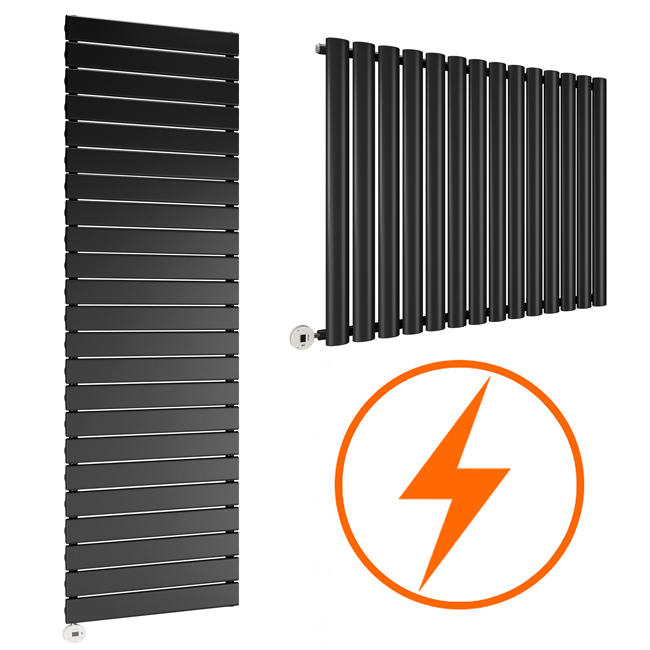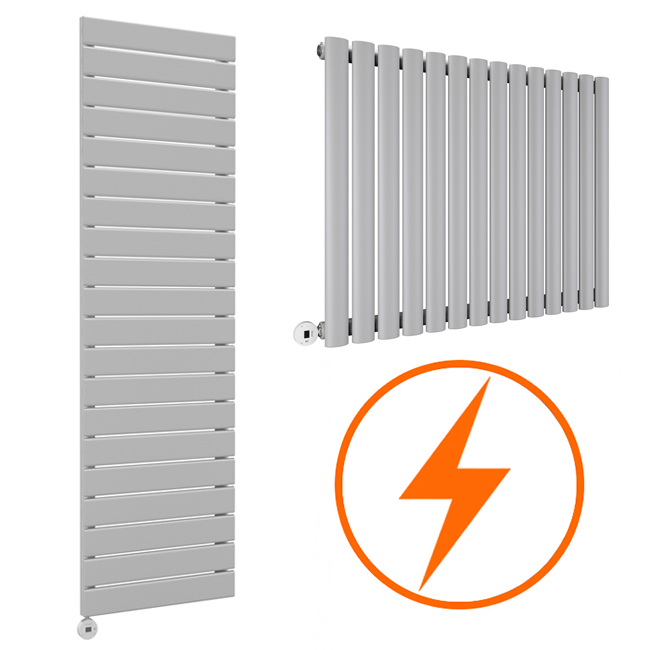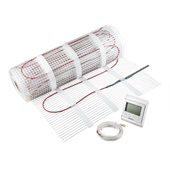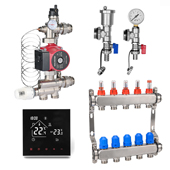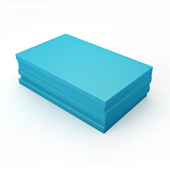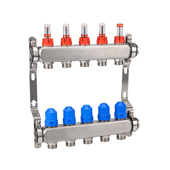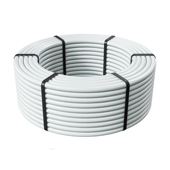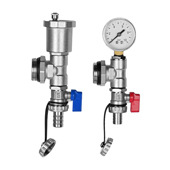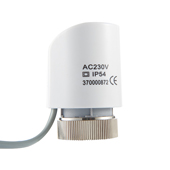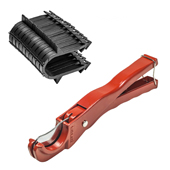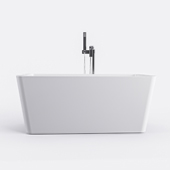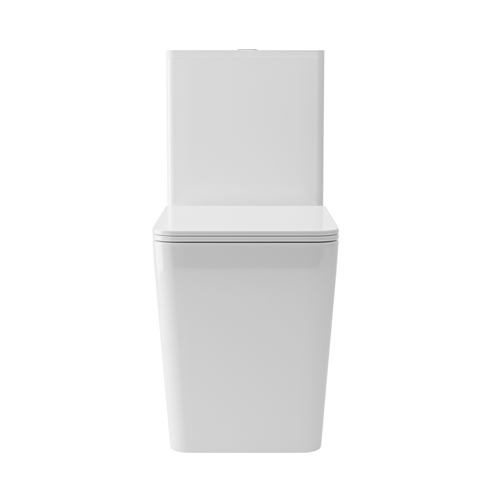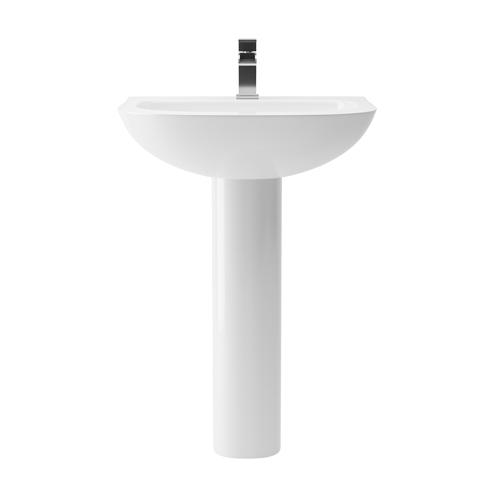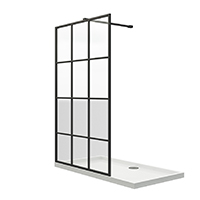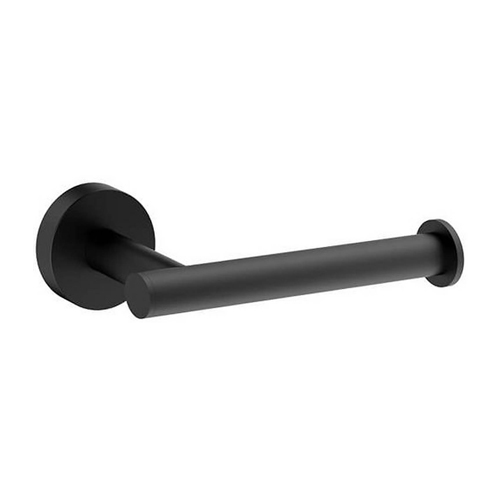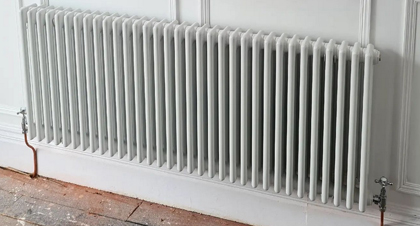
There’s nothing worse than walking into a chilly part of your home while the rest of the house feels warm and cosy. If you’ve just extended your living space, converted a loft or noticed that one room never quite reaches the right temperature, adding an extra radiator can make a huge difference.
Adding another radiator to your heating system can make your home more comfortable and efficient by spreading heat more evenly. Plus, with options like designer, traditional, vertical, or column radiators, you can bring both warmth and style to your space.
Pre-installation considerations
Before you start, take some time to plan. Adding a radiator means more than just connecting pipes – you need to check if your system can handle it and make sure you have the right tools ready.
1. Can your heating system cope?
Every boiler has a maximum heat output it can provide, measured in kilowatts (kW). Adding an additional radiator increases demand on your boiler.
If your boiler is already working at full capacity, an extra radiator may reduce performance.
As a rule of thumb, modern boilers can usually handle an extra radiator or two without issue, but older systems may struggle.
Unsure? Check your boiler manual or ask a Gas Safe registered engineer.
2. Tools and materials you’ll need
-
Pipe cutter or hacksaw
-
Adjustable spanners
-
Radiator keys
-
Drill and wall plugs
-
Brackets and fixings (usually supplied with the radiator)
-
PTFE tape
-
Radiator valves (thermostatic or manual)
-
Copper or plastic pipework, elbows, and connectors
-
Bucket and towels (for draining the system)
You don’t need a fully equipped workshop, but having the right kit makes the job a lot smoother. Common tools and materials include:
3. Safety first
Before you cut pipes or move a radiator, take a moment to think about safety. Central heating systems involve water, electricity, and gas, so preparing ahead can help you avoid accidents and stress.
Start by turning your boiler off and letting the system cool down fully. Radiators and pipes can stay hot for a while after the heating is off, and working with hot water can be dangerous. Give everything enough time to cool before you begin.
Next, consider the tools and tasks involved. You’ll be cutting and joining pipework, which means small metal shavings or burrs could fly as you saw or drill. Protective glasses are a simple but effective safeguard against eye injuries, while a good pair of gloves can help prevent cuts and burns.
Keep in mind that radiators can be heavy, especially steel or cast-iron styles. Always lift with your legs, not your back, and ask for help when placing the radiator on its brackets. Doing this alone can lead to scratched walls or bent brackets.
Water management is another safety factor. Once you’ve drained your system, there will still be some residual water in the pipes and radiators. Keep a bucket and plenty of towels on hand to catch any drips and remember that central heating water is often dark and can stain carpets or flooring. Laying down dust sheets or old blankets is a simple precaution that can save you from an expensive clean-up.
Know your limits. Many DIYers can handle the water side of central heating, but anything involving gas should be left to professionals. If you find you need to move or adjust pipes connected to the boiler or gas supply, stop and call a Gas Safe registered engineer.
Plan your timing. Don’t start this job late in the day or when you’re in a hurry. You’ll need time to drain the system, install the radiator, refill, and check for leaks. Set aside a full day so you can work without rushing.
If you follow these safety steps, your installation is more likely to go smoothly. With some patience and preparation, you can look forward to enjoying the warmth of your new radiator.
Step-by-step radiator installation guide

Now for the practical part. Here’s a breakdown of the process, step by step.
Step 1: Isolate the system
-
Turn off your boiler and disconnect it from the mains.
-
Allow the system to cool completely.
-
Close the water supply to avoid accidental flooding.
Step 2: Drain the heating system
-
Locate the drain valve, usually at the lowest point of your central heating system.
-
Attach a hose and direct it to a suitable drain.
-
Open the bleed valves on your existing radiators to allow water to flow out.
-
Draining ensures you won’t end up with leaks when you cut into the pipework.
Step 3: Choose the right radiator
This is where style meets practicality. Consider:
Designer radiators: Perfect if you want your heating to make a statement. Available in bold finishes, slimline designs and contemporary looks. Shop designer radiators.
Traditional radiators: Ideal for period properties or if you want a classic aesthetic. Their timeless design works well in living rooms and hallways. Shop traditional radiators.
Vertical radiators: Great for smaller rooms or narrow wall spaces, such as bathrooms and kitchens. They provide excellent heat output while saving horizontal wall space. Shop vertical radiators.
Column radiators: Stylish and practical, with a vintage edge. Their sectional design makes them effective at heating larger rooms. Shop column radiators.
Step 4: Plan the pipework and positioning
-
Decide where your new radiator will go. The best locations are beneath windows (to counteract cold draughts) or along external walls.
-
Mark out the radiator dimensions on the wall, including bracket positions.
-
Plan the nearest point to connect to the existing flow and return pipework.
Step 5: Install brackets and mount the radiator
-
Drill holes and insert wall plugs where you’ve marked bracket positions.
-
Secure the brackets firmly – radiators can be heavy and need good support.
-
Hang the radiator onto the brackets and check it is level.
Step 6: Connect the pipework
-
Cut into the existing pipework at your planned connection point.
-
Fit a T-joint to create a branch for the new radiator.
-
Connect the new pipework to the radiator valves, ensuring you use PTFE tape on all threaded joints.
-
Double-check all connections are secure.
Step 7: Refill the system
-
Close the drain valve.
-
Refill your heating system slowly, checking for leaks as water flows back in.
-
Bleed the radiators (new and old) to remove trapped air.
Step 8: Test and balance the system
-
Turn the boiler back on and let the system heat up.
-
Check for leaks around the new connections.
-
Balance your system by adjusting the lockshield valves so each radiator heats evenly.
Choosing the right radiator style

When you add a radiator, heat output is important, but style matters too. The right radiator can change how a room looks and feels. Radiators are now part of your home’s design, not just functional items. Here’s a look at the most popular options.
Designer radiators are a brilliant choice if you want to combine performance with style. Available in a wide range of colours, shapes and finishes, they’re designed to complement modern interiors rather than simply blend in. A slimline anthracite model might look perfect in a minimalist kitchen, while a bold black or white vertical design can act as a statement feature in a living space.
If your home has period character or you prefer a more classic look, traditional radiators are a natural fit. Their familiar design works beautifully in older properties and they suit rooms where subtlety is better than standout style. Many homeowners choose them for living rooms, hallways and bedrooms where a timeless look feels right. Traditional styles often have excellent reliability and heat output.
For smaller or awkwardly shaped rooms, such as narrow bathrooms or compact kitchens, vertical radiators are often the most practical solution. Instead of spreading across the wall, they reach upwards, making the most of vertical space and leaving more room for furniture or storage. Despite their slim width, vertical radiators can provide impressive heat output and help transform wasted wall space into something useful. Positioning is important though, so you’ll want to ensure they’re fitted where heat can circulate effectively.
Horizontal column radiators are both stylish and practical. Their design gives great heat output and adds vintage charm. They work well in large or open-plan rooms, but can be more heavy, so make sure they have strong wall or floor supports. Many people choose them for their classic look and reliable performance.
Ultimately, the right radiator style depends on your space, your heating needs and your personal taste.
Common mistakes to avoid
Even confident DIYers can trip up when adding a radiator. Here are some of the most common errors:
-
Incorrect placement: Avoid placing radiators behind large furniture where heat can’t circulate.
-
Forgetting system balance: Without balancing, some radiators may overheat while others stay lukewarm.
-
Using the wrong valves: Thermostatic radiator valves (TRVs) give better control and efficiency.
-
Rushing the refill: Filling too quickly can trap air in the system, leading to cold spots.
-
Not checking boiler capacity: Overloading your system reduces efficiency and could cause breakdowns.
Adding another radiator is a practical way to make your home more comfortable and efficient. With the right tools, some planning and a little patience, many DIYers can handle this project themselves. No matter if you like the look of designer, traditional, vertical or column radiators, there’s an option to fit every home and heating need. And if you’re ever unsure about fitting an additional radiator, remember it’s always best to call in a professional to avoid costly mistakes.
Shop our full collection of radiators, where you’ll find an affordable range to suit every room.
Radiator fitting FAQs
Do I need a plumber to add a radiator?
Not necessarily. If you’re confident with DIY and plumbing tasks, you can do it yourself. However, if you’re unsure, it’s always worth getting a professional involved.
Will adding a radiator increase my heating bills?
Yes, slightly, but if your home heats more efficiently, you may use your heating less often, which can balance things out.
Can I add a radiator without draining the whole system?
In some cases, yes, by using a pipe-freezing kit. But for most DIY installations, draining the system is safer and easier.
Where is the best place to put an extra radiator?
Under windows or on external walls, where they help counteract cold draughts.
What type of radiator is best for small spaces?
Vertical radiators are perfect for narrow walls, while designer radiators can combine compact form with strong heat output.
 Need Radiators FAST?
Need Radiators FAST? 





